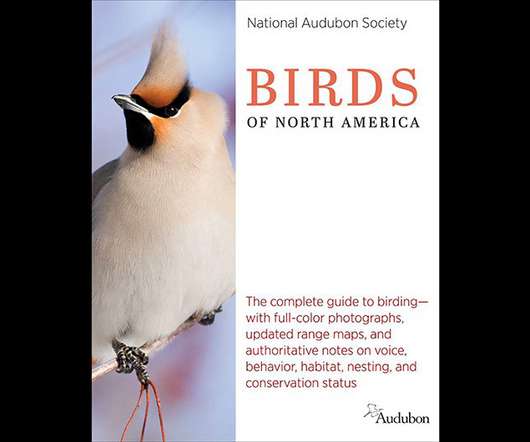10,000 Birds goes eBirding
10,000 Birds
NOVEMBER 13, 2018
As of mid-October 2018, the Collaborative had submitted more than 1,700 checklists and observed 618 species in the United States. The heat map is revealing: Unsurprisingly for a site founded and run by two New Yorkers (one of whom literally wrote the book on birding New York), the Empire State boasts the highest number of species (316).











Let's personalize your content